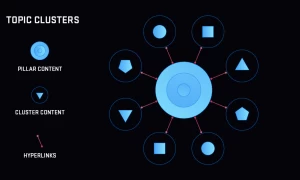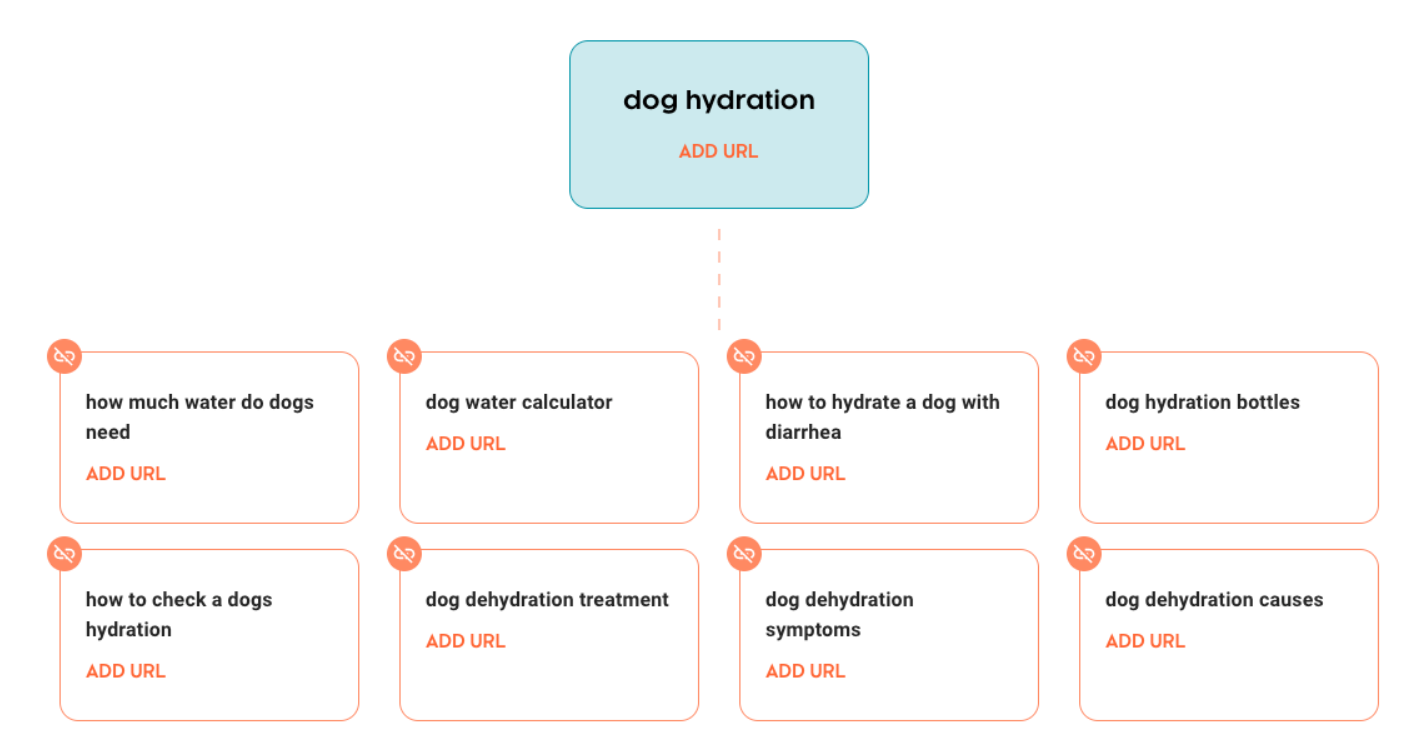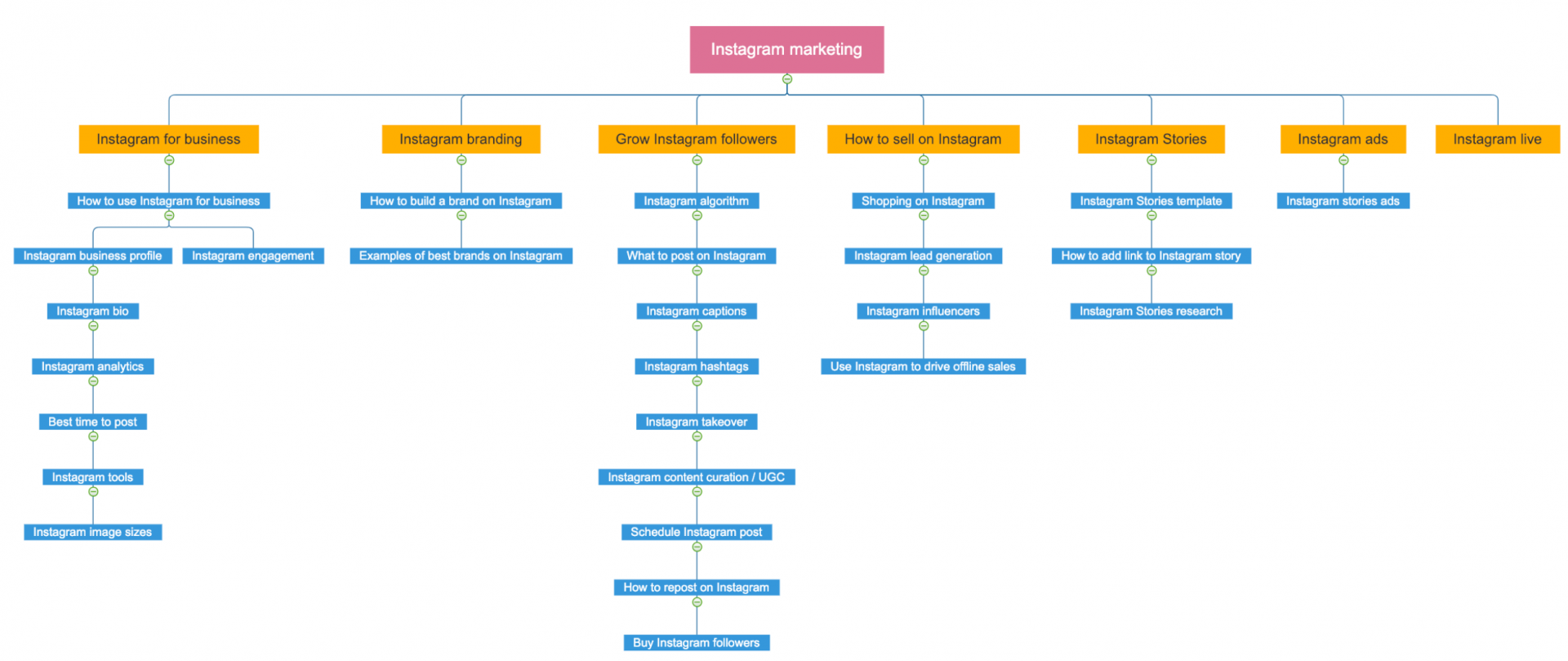
Leading search engines have changed their algorithms from keyword analysis to working with topic content. As a result, topic clusters have become an important element of SEO optimization. Let's understand what it means and how working with topic clusters will help in promoting your business.
From Keyword Search to Thematic Search
In the past, search engines worked exclusively with keywords and phrases. Users would enter a query and get relevant results on web pages. This method worked for a long time and was relatively successful. However, in 2013, Google offered users a truly revolutionary solution - the Hummingbird algorithm.
Such changes in the search engine led to the fact that search algorithms began to focus not on the keywords but on search phrases. Thus, the transition from keywords to topics started. The next step along the way was the emergence of Google's RankBrain in 2015. This machine-learning algorithm is designed to train bots to understand the context of a search query.
People get used to good things fast. Users are now more likely to type a complex question into the search box and expect to get a precise answer at the top of the results. If the initial phrase turns out not to be specific enough, they start entering alternatives for the same query. And search bots are so smart today that they know how to extract the essence and find connections between user queries.
As a result, optimizers were forced to adapt to new conditions. This is how the idea of creating a topic cluster around basic queries was born.

What Are Topic Clusters in Terms of Site Promotion
The classic definition goes like this:
A topic cluster is a series of related pages or publications, united by a common theme. The main page is dedicated to the main, most broad topic, and the rest are focused on various issues related to the main focus.
Here's an example to make things more clear. Say, you want to promote your podcast project in search engines. This means that the main theme and text on the main page will be optimized for "podcasts." The information itself will be as general, i.e. basic, as possible.
Next, you need to think through a set of articles related to podcasts on topics. Subtopics can contain useful information such as "where to download podcasts," "how to create podcasts," etc. Also, this list can include publications that specify the topic of the search query, e.g. "history podcasts," "true crime podcasts," "self-study podcasts," etc.
The most important thing is to make sure that all the topics you choose are related to the main one on your so-called "pillar page." And the entries themselves or pages with publications are linked to the main article, as well as to each other via cross-linking.
A single site can have multiple clusters, and each of them reveals a different topic.

5 Basic Steps to Create a Topic Clusters
If you want to update your site or search engine optimization from scratch, follow the tips below. These are the steps you will definitely need for clustering:
1. Make a list of relevant search queries. Analyze your existing site or make a list of keywords from scratch. At this stage, you can use traditional keyword phrase selection tools. You can simply compile a list of general queries or immediately group them into thematic groups.
2. Identify the main topics relevant to your users. From your common list of relevant requests, choose the most important topics that may interest your customers and site visitors. If you already have a running project, making such a compilation will not be difficult. If you are just getting started, answering the following questions will help you identify the most relevant topics:
- What questions will interest your users?
- What questions do your customers ask most often?
- Why should they buy your product/service?
- What do you really want to tell about your brand online?
- What problems or customer needs can your product help solve?
It's best to put together your main topics in such a way that they are actually useful and relevant to your website visitors. Apart from that, they should also contain the key search queries that you are going to use to promote your website.
3. Make a list of subtopics for each topic. Now that you've decided on the list on your pillar pages, it's time to think through a list of subtopics for each pillar. You can create them gradually, but experts believe that, on average, you will need from 20+ subtopics for each of the clusters. Only in this case, Google will eventually accept your project as an authoritative source on the specified topic.
.png)
How to choose subtopics:
- Use keyword matching and compile post topics based on them. You may have already collected some of the search queries for subcategories in the first phase of your work. You may not have needed them then, but they may come in handy now. You can also re-run the query search to see if you missed something interesting;
- Apply Google’s suggestions. Specify the main topic that you plan to develop in the search bar. Look at the tips as you type. The search engine will suggest the most popular queries in the drop-down list. Google Trends, "Related Questions" + "People Also Ask" boxes can also help;
- Research your competitors. If the site is high in the search engine, you are likely to find relevant topics for your audience;
- Use any possible clues. Study useful publications on the topic, ask your employees for a list of frequent customer questions and run a survey. The main thing is that your list of subtopics should be extensive and reveal the declared topic to the most extent;
4. Combine clusters with links. Be sure to exchange links between your page and related subtopics. This is how you show search bots that the articles are linked into a single thematic cluster. Don't forget to do this every time you add a new post. Also, be careful with anchors that lead from subcategories to the main post. People often want to make them all the same, e.g., indicate the headline of an article. However, Google may conceptually perceive that in a bad way, and will start "gluing" links.
5. Analyze your results. If you are engaged in your website's SEO promotion, you want to regularly track and analyze the results of your efforts. They become visible in 2-3 weeks. Sometimes, however, you have to wait even longer, especially if the site is quite "young." Nevertheless, this stage is very important. You can check if clustering helps improve your website's position in SERP. If the result isn't good enough, pay attention to the quality of materials and increase their number.
6. Study your visitors' behavior. See what subtopics for each pillar page are the most popular. Consider what people are interested in when planning your new subtopics.
Summary
As you can see, creating topic clusters is not much more complicated than collecting a semantic core for subsequent search engine optimization. The possibility of technical implementation of such links is available in any current CMS. With enough attention to your audience, you will quickly be able to understand what topic clusters you need to develop to increase your traffic, brand awareness, and sales.


